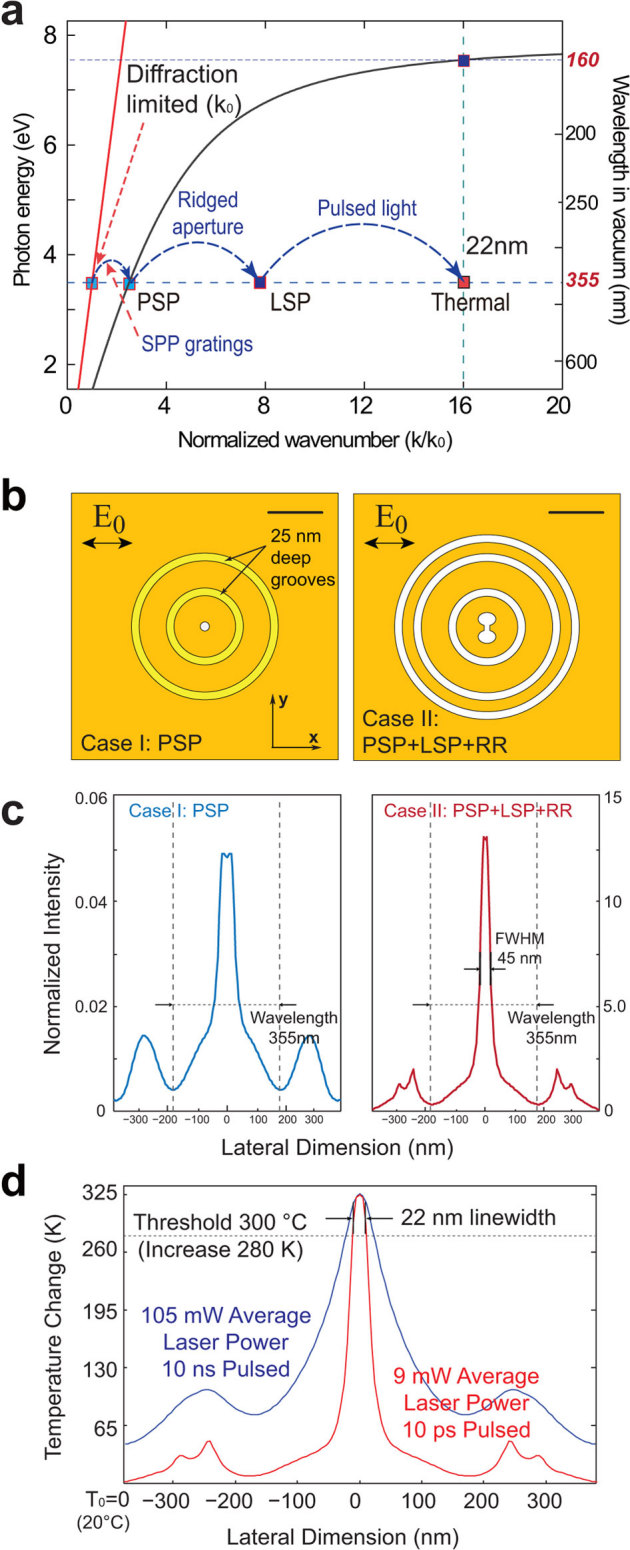Figure 1. Progressive multi-stage focusing scheme efficiently squeezes light to the deep sub-wavelength scale.

(a) The accessible wavenumber range (red line) for conventional optics is limited to k0 by diffraction. The dispersive nature of the propagating surface plasmon (PSP) allows accessing a broader range of wavenumbers (black solid line), however a very short excitation wavelength (160 nm) is still required to resolve 22 nm features with high intrinsic loss. Our multi-stage approach allows accessing the same features at 1/16 of the excitation wavelength through a progressive multi-stage focusing scheme. (b) Designs of plasmonic lens (PL) structures and simulation results. Two cases of PL designs are shown here for comparison, including: case I (left), a PL consisting of two ring grooves and a centered 40-nm diameter circular aperture working with PSP; case II (right), a multi-stage plasmonic lens (MPL) consisting of two ring grating slits with the dumbbell-shaped aperture and an additional outer ring reflector (RR) slit working with both PSP and localized surface plasmon (LSP). Both of them are made of a 60-nm Cr thin film and optimized for illumination at 355 nm wavelength with linear polarization along the x-axis. Both scale bars are 500 nm. (c) The simulated light intensity profiles at the plane 10 nm away from the lens along the x-axis which are normalized to the incident light. At the deep sub-wavelength region, the PSP itself is incapable of sustaining high transmission through the circular aperture, but the LSP greatly helps to improve the center transmission by several orders. (d) Temperature profiles in the thermal type resist layer under MPL heating. Two different time durations of laser pulse of 10 ps (red) and 10 ns (blue), respectively, have been used in the numerical study. By properly controlling the laser power level and pulse duration, we can further improve the feature size down to 22 nm. The ps-pulsed laser has great advantages over the modulated continuous-wave laser in terms of pattern size and contrast.
